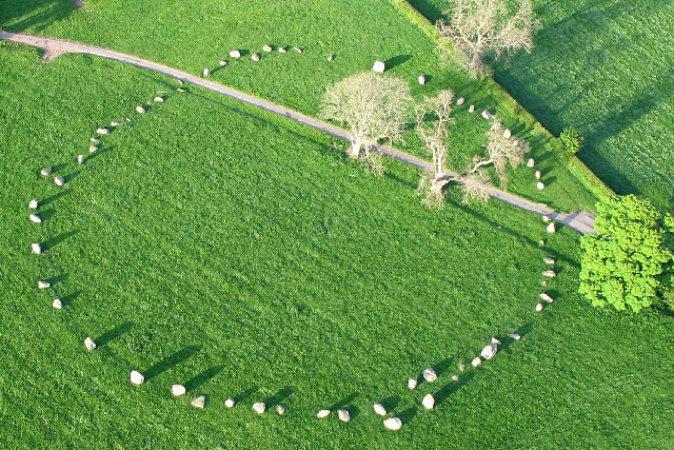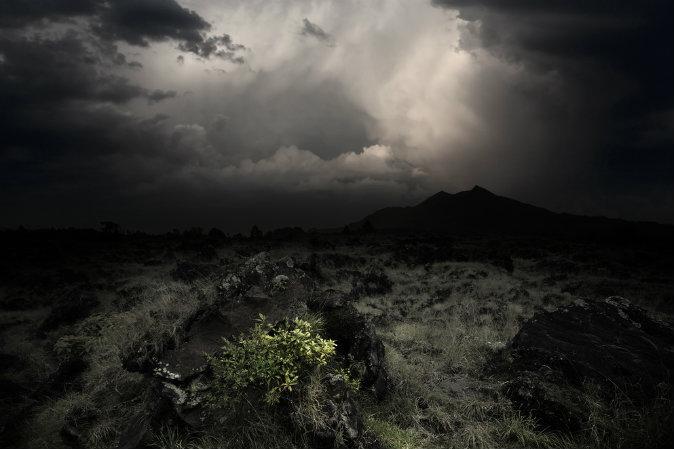Despite their pervasiveness throughout the world, with thousands scattered across Britain and Europe alone, stone circles never cease to arouse awe and intrigue in those who gaze upon them. Perhaps it is the realization of the sheer effort that would have gone into their assembly, or the fact that, despite centuries of research, we are really no closer to unraveling their mysteries. Long Meg and Her Daughters, as it is curiously named, is one such stone circle, situated within a picturesque landscape in Cumbria, England, and steeped in centuries of folklore and legend.
While there are more than 1,300 stone circles in the British Isles, 18th century Cumbrian poet William Wordsworth wrote that after Stonehenge, Long Meg and Her Daughters “is beyond dispute the most notable relic that this or probably any other country contains.” His admiration for the stone circle is clearly expressed in his poem, “The Monument Commonly Called Long Meg and Her Daughters,” 1833:
A weight of awe, not easy to be borne,
Fell suddenly upon my spirit, cast
From the dread bosom of the unknown past
When first I saw that family forlorn..
Speak Thou, whose massy strength and stature scorn
The power of years—pre-eminent, and placed
Apart, to overlook the circle vast.
Speak Giant-mother!
While Wordsworth may have been somewhat biased by his love for his native land of Cumbria, there is no doubt that the stone circle is something special. Long Meg and Her Daughters is the second largest stone circle in England, and the sixth biggest example known in Europe, and despite the fact that at least 3,500 years have passed since its construction, it has survived the passage of time extraordinarily well.





